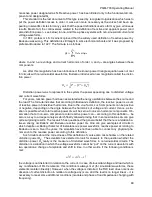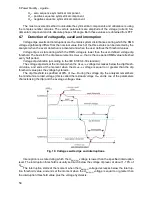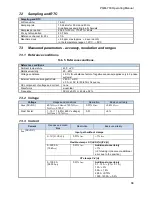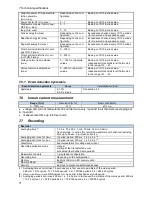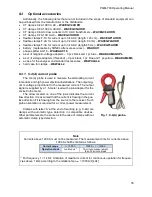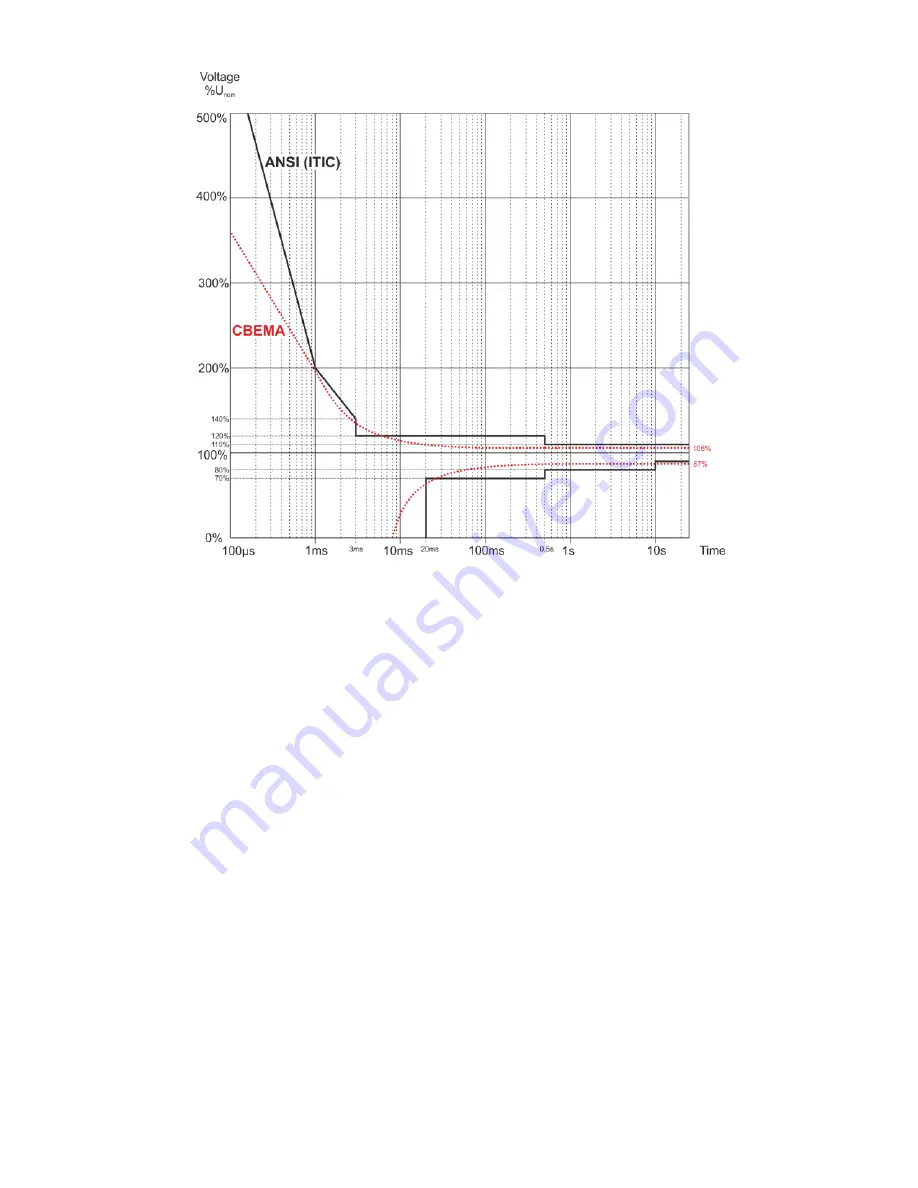
6 Power Quality - a guide
61
Fig. 21. Voltage tolerance curves ANSI (ITIC) and CBEMA.
As shown in the graph on Fig. 21, there is a relationship between the voltage value and the
duration of the disturbance. For example, voltage swell of 200% U
nom
and with duration of 1 ms, in
typical cases, does not result in failure or malfunctioning (point between curves), but an interference
of such amplitude, which lasts for half-period of the mains may be have very adverse effects (the
point above two curves). Generally it is accepted that in a typical situation, events occurring in the
power grid when it comes to the value of the mains voltage, should fit in the middle area of the graph
(between curves) and then they should not lead to malfunction or damage to the connected equip-
ment. Equipment manufacturers (especially power adaptors) often use this pattern while designing
their products, in order to ensure their reliable operation and maintaining proper output voltage.
Note, however, that the curve represents typical cases and cannot be a guarantee of correct oper-
ation for each device, as tolerance for interferences is very different.
ITIC curve is the successor of the CBEMA curve developed by ITI in 1994, and later modified
to its present form in 2000. This curve has the form of two broken lines and is also known as ANSI
curve, as it was adapted by ANSI (
American National Standards Institute
). Both curves are pre-
sented in Fig. 21.
Sonel Analysis
software provides the ability to modify the characteristic points of the curves
allowing user to adjust them to individual requirements.
Summary of Contents for PQM-700
Page 85: ...85 Notes...


